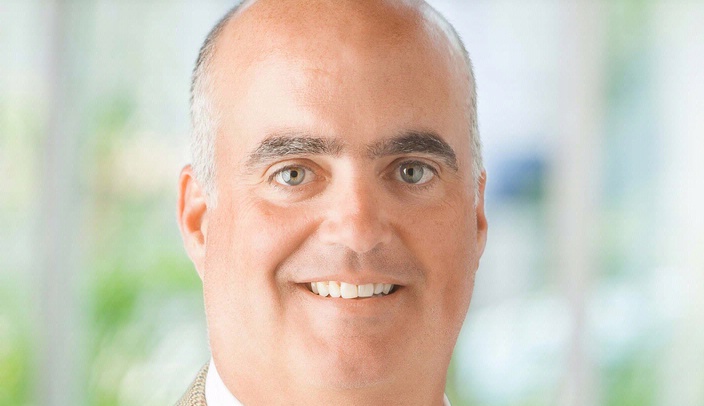A study published online this month in the Arthritis Care and Research journal is shedding light on why gout, a painful and common form of arthritis, is not well managed in many patients. The journal is published by the American College of Rheumatology.
Researchers at the University of Nebraska Medical Center and at the VA Nebraska-Western Iowa Health Care System in Omaha found that only 14 percent of gout patients know the numerical treatment goal for the medication they are on. Patients in the study were on allopurinol, which helps keep the disease under control by reducing painful flare-ups and maintaining a certain level of uric acid in the body.
The study evaluated 612 questionnaires from patients at the VA Nebraska-Western Iowa Health Care System in Omaha. Questions to patients sought to determine their knowledge about gout and if they knew what their numerical goal was.
Gout, which results from a build-up of uric acid in the body, causes an intense inflammation that affects the big toe, ankles, feet, knees and many other joints. It’s estimated that it affects about 4 percent of Americans and about 10 percent of men over age 60. It’s more common in women after menopause.
“We found that there’s a real gap in patients’ understanding of our treatment goal in gout,” said Ted Mikuls, M.D., Umbach Professor of Rheumatology in the UNMC Department of Internal Medicine Division of Rheumatology, who also practices at the Omaha VA. “I think what was striking was most patients knew what causes gout, how it is treated, and what was going on with their disease, but they did not know what their level of uric acid should be. To us that’s compelling.
“It’s very well understood that there are targets for uric acid that should be reached to treat people effectively. I think physicians probably know the goal, but it’s not being clearly communicated at least in a fashion patients can recall. If patients don’t know the goal of therapy, it’s very hard for patients to be engaged in their care,” said Dr. Mikuls, senior author of the paper.
When long-term treatment is needed to avoid future attacks, Dr. Mikuls said typical treatment starts with low doses of drugs such as allopurinol and checking uric acid levels before changing doses as needed to reach and maintain the target uric acid level.
“Along with the other best practices – talking about diet and weight management, using anti-inflammatories for acute flares and for preventing flares when they start these therapies – it’s a fairly straight forward condition to treat. I think increasingly we’re seeing health care providers doing this better, but we have a long way to go,” he said.
Researchers hope the study will stimulate conversation between physicians and patients to improve the quality of care of gout patients.
Brian Coburn, first author of the paper and a UNMC student enrolled in his fifth year of the UNMC M.D., Ph.D., program, said the study was insightful in his training as a future physician-scientist.
“I’ve not had a chance to get into clinic fully yet, but after completing this study, I have a broader perspective of how patient populations can help inform what we do in clinics to best improve patients’ health,” said Coburn, first author of the article. “Similarly, I’m looking forward to my clinical training which will help me learn about barriers patients face during care. There are many research opportunities going forward to help patients and providers get better outcomes.”
To see the article, go to: http://onlinelibrary.wiley.com/doi/10.1002/acr.22785/abstract.
We are Nebraska Medicine and UNMC. Our mission is to lead the world in transforming lives to create a healthy future for all individuals and communities through premier educational programs, innovative research and extraordinary patient care.
Twitter | Facebook | Instagram | YouTube | Flickr
